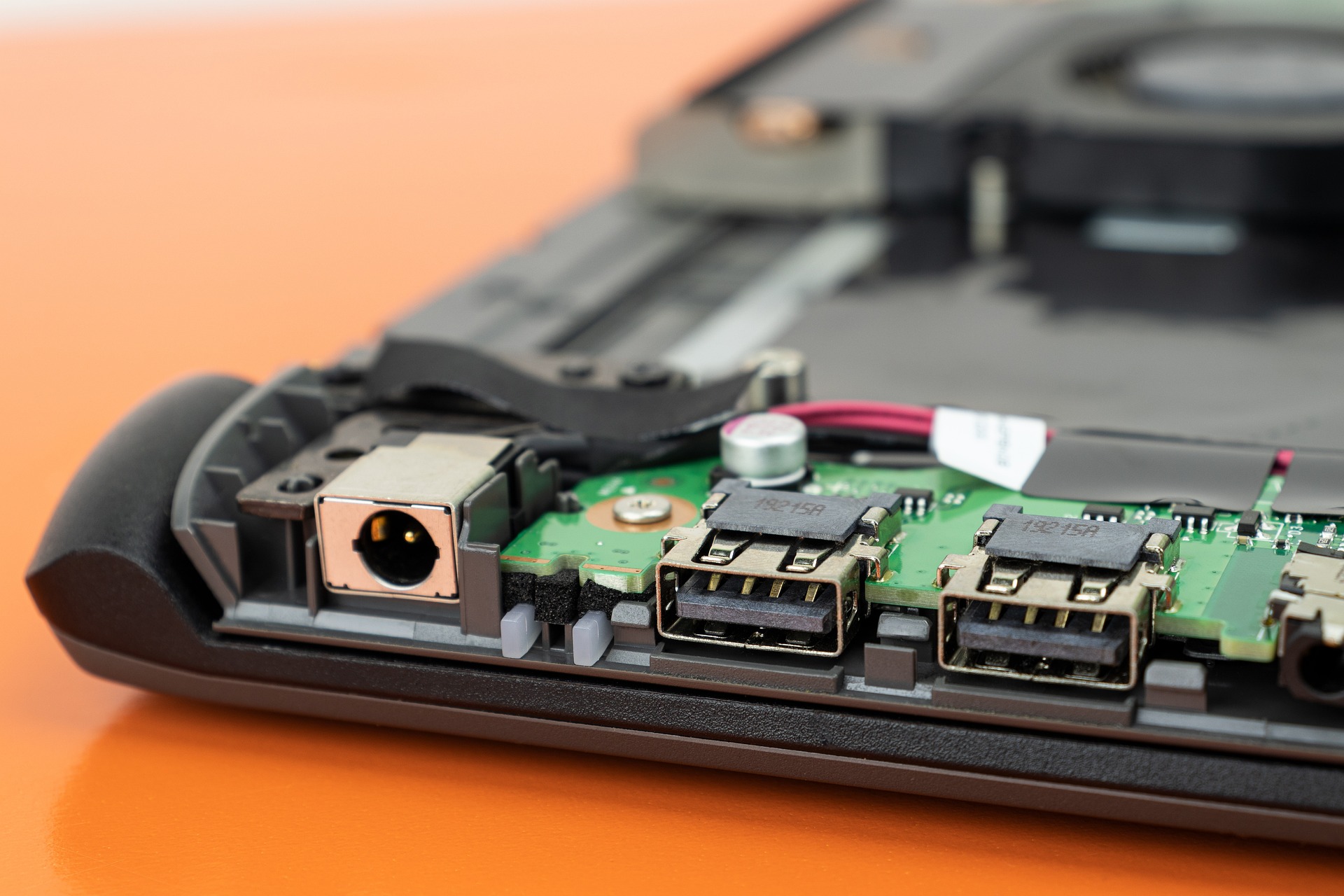The Rise of Photonic Computers: A New Age of Computing
Once upon a time, the realm of computing and technology was dominated by electronic computers, devices that relied on the flow of electrons to process and store data. Fast forward to now, and we're witnessing a radical shift in the landscape. The new technology on the block? Photonic computers, machines that use light, not electricity, to compute.

The Dawn of Photonic Computing
The concept of photonic computing was first proposed in the 1960s. However, it wasn’t until the 1980s and 90s that we saw some initial breakthroughs, with researchers developing the first photonic logic gates and memory devices. The idea was simple yet revolutionary: replace electrons with photons, particles of light, to process and store data. Photons, unlike electrons, don’t interact with each other, meaning they can pass through one another without causing interference. This property makes photonic computers incredibly fast and efficient.
Modern Milestones in Photonic Computing
Fast-forward to 2020, and we’ve seen some critical developments in the field. For instance, researchers at the University of Oxford successfully developed a photonic computer chip capable of performing complex calculations at the speed of light. This breakthrough was considered a significant step towards realizing fully functional photonic computers.
The Potential of Photonic Computers
So, what makes photonic computers so enticing? For starters, they operate at the speed of light, making them potentially millions of times faster than traditional electronic computers. They also consume significantly less power, which is crucial considering the growing concerns about energy consumption in the tech industry. In terms of market impact, the adoption of photonic computing could revolutionize industries like telecommunications, data centers, and quantum computing, among others.
The Price of Progress
Of course, such advanced technology doesn’t come cheap. While it’s still early days for photonic computing, experts estimate that a photonic computer could cost anywhere from tens to hundreds of thousands of dollars. However, as with all technology, these costs are likely to drop as the technology matures and mass production becomes feasible.
The Future of Photonic Computing
The journey towards fully functional photonic computers is still a long one. There are numerous technical challenges to overcome, such as the development of all-optical logic gates and memory devices. However, the progress made so far is promising, and the potential benefits of photonic computers are too significant to ignore.
In conclusion, while photonic computing might seem like a concept straight out of science fiction, it’s a very real and exciting field of research. The technology holds the promise of revolutionizing computing, offering speed and efficiency far beyond what’s currently achievable with electronic computers. As we enter this new age of computing, it will be fascinating to see how photonic computing shapes our technological landscape.




